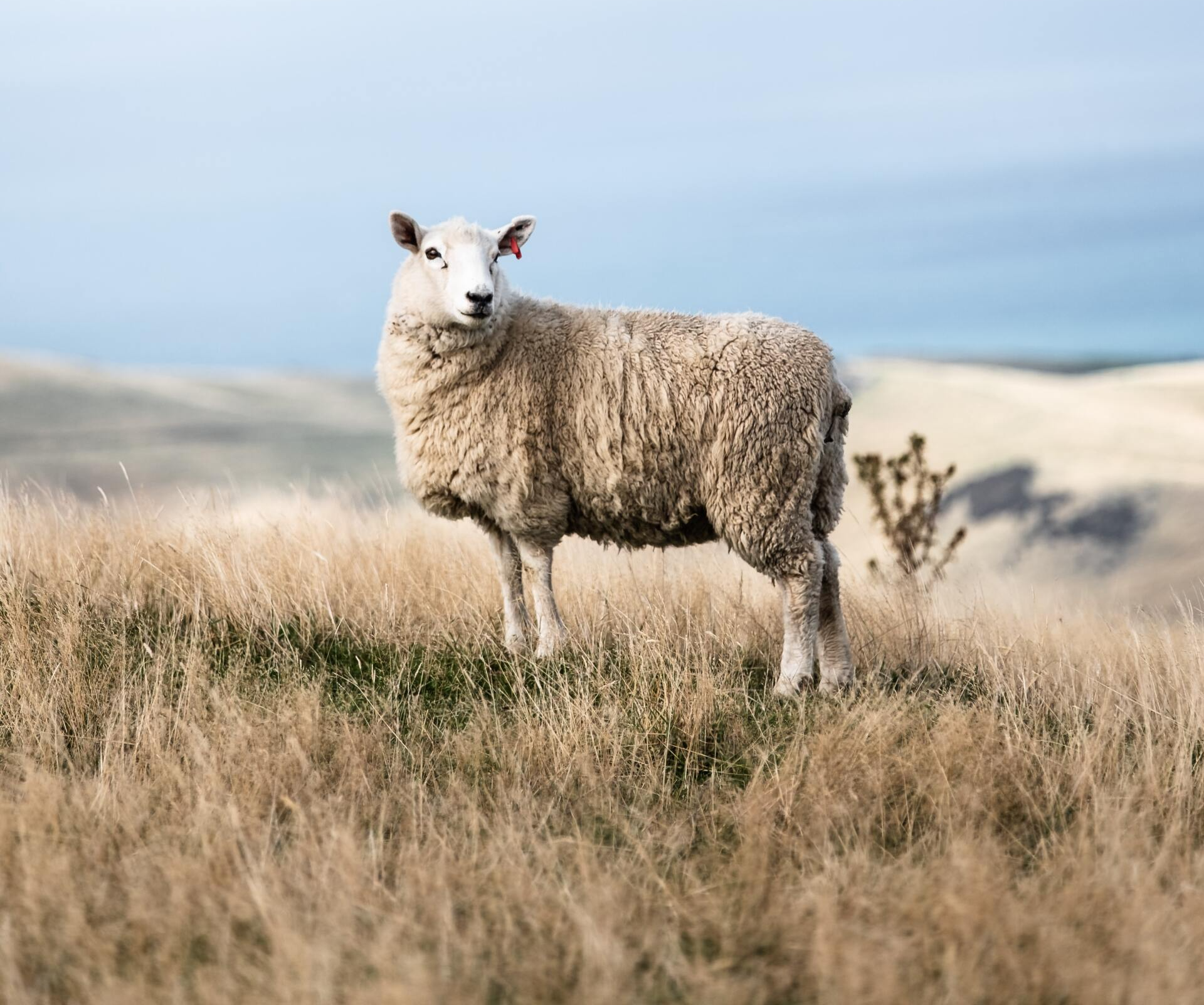Powerful, natural supplement keratin protein is essential for the development of healthy skin, hair and nails. Natalie Harrison of Christchurch’s
Kiri10 explains what it is, and why we need it.
Keratin is an extremely strong protein that is found concentrated in areas that are built for toughness, or needed for protection. The combination of amino acids and fibrous structures that characterise keratin are part of a crucial biological activity within the body. In order for it to be functional, that is, able to be taken up and used by the body, it has to be bioactive. But what does this mean?
Most keratin advertised as being present in haircare and skincare products comes from one of three sources. The main source of these until recently has been derived by using acid and heat to extract keratin from the hooves and horns of animals. The problem with this method is that the keratin becomes ‘denaturalised’ through the process. This means that the form that the keratin protein ends up in makes it no longer as useful for skin or hair treatments.
The second ‘keratin’ that has become popular lately is what is marketed as hydrolysed proteins derived from wheat, corn or soybeans. Keratin cannot be isolated from plant sources, quite simply, because the protein is not made in plants. Keratin is formed from a process called keratinisation during which the cytoplasm of mammalian cells is replaced by keratin protein filaments which die and form tough resistant structures such as hair, skin and nails.

Bioactive keratin is derived from sheep’s wool. The patented process used means that the keratin stays biologically active and is able to interact really well with hair and skin. Bioactive means this keratin is still functional or useful.
The keratin that is able to be extracted from sheep’s wool is 91 per cent homologous with human keratin. The amino acids in keratins are linked in a particular sequence. Within keratin materials, such as skin and hair, these sequences coil together like small bundles of rope, to build strong protein networks. These particular amino acids in the coil link and act like teeth in a zipper, to lock the structure in place. This structure is essential for the protein to perform its role, either in helping skin cells make proteins or in keeping hair strong and flexible.
Since the purest keratin comes from sheep’s wool, the best sheep to use would be in New Zealand with its clean, open-field, pasture-fed sheep farming practices. Pure New Zealand wool is a 100 per cent natural material.
Collaborating with the hard-working Kiwi farmers and Keraplast Manufacturing (the innovators) who produce this sustainable and ethically sourced keratin protein, Kiri10 have been able to harness the protein and offer a locally produced and bioactive keratin supplement.
It is exciting to know you can trace back the keratin that sits in your palm (before being taken) to the very South Island farm it was sustainably sourced from. How is that for conscious connectivity of a product, from farm to palm! Thank you to Paul Sapsford from Keraplast for his contribution to scientific information.

Kiri10 Managing Director Natalie Harrison brings valuable insight into the importance of creating high-quality products designed to improve health and wellbeing.
Along with business partners Ant and Paul, she aims to empower people to live their lives to the full, by being confident within their own skin and body.
Recent stories




